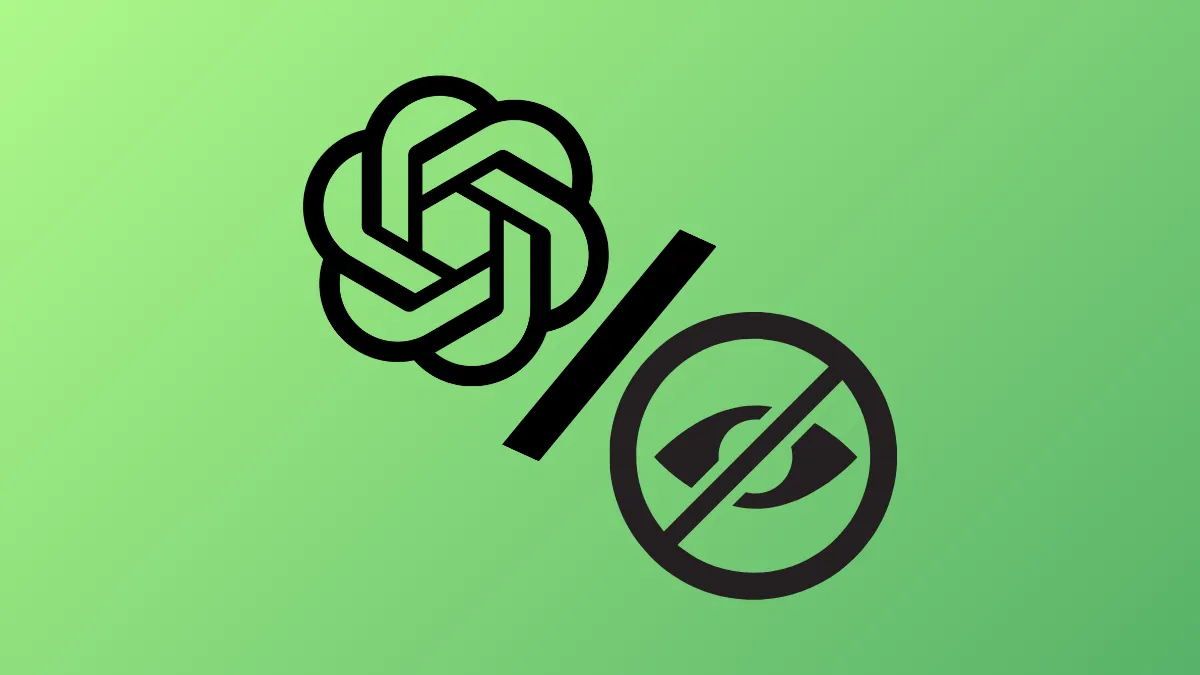Uploading a photo to ChatGPT’s latest visual models now does more than just describe what’s in the frame—it can often determine exactly where that photo was taken. This viral “reverse-location search” trend, inspired by games like GeoGuessr, has quickly moved from internet novelty to a source of growing concern for privacy advocates, influencers, and anyone who shares images online.
How ChatGPT’s Reverse-Location Search Works
OpenAI’s o3 and o4-mini models introduced a significant upgrade in visual reasoning. Instead of simply identifying objects or reading text in an image, these models analyze subtle visual clues—architecture, landscape, signage, even the style of guardrails or storefronts—to deduce a photo’s location. Unlike traditional reverse image search tools, ChatGPT’s approach doesn’t rely on metadata like GPS coordinates or EXIF data, which can be stripped out. Instead, it “thinks” through the image, zooming in, cropping, and cross-referencing with its training data or the web to make an educated guess.
For example, uploading a photo of a flower shop in Brooklyn led ChatGPT to identify the correct borough, and sometimes it even suggests specific addresses or landmarks. In another case, a travel photo taken in Japan was accurately matched to a precise spot in Kyoto, near the Togetsukyo Bridge. These results demonstrate the model’s ability to combine visual context and reasoning to approximate, or even pinpoint, locations that would have previously required human expertise or time-consuming searches.
Why This Method Outperforms Traditional Approaches
The key difference between ChatGPT’s reverse-location search and older methods lies in its reasoning abilities. Standard reverse image search tools, like Google Lens, look for exact or similar matches across the web. They work well if the image is popular or already indexed, but fail with personal, unique, or newly taken photos. ChatGPT, however, analyzes the image for distinctive features—building types, vegetation, signage, and even language on storefronts—then synthesizes this information to make a location guess, even on images with no online footprint.
Users have reported that even with blurry, low-resolution, or cropped images, ChatGPT’s new models can narrow down the location to a city or neighborhood. In some viral tests, the AI identified the specific apartment building or even a home address, raising the stakes for privacy and personal safety.
Privacy Risks and Real-World Implications
This new trend isn’t just a technical flex—it introduces genuine privacy risks. Public figures, influencers, and everyday users may unknowingly reveal their whereabouts through innocuous posts. Screenshots from social media, stripped of metadata, can now be run through ChatGPT to deduce locations, potentially exposing users to stalking, doxxing, or unwanted attention.
OpenAI has acknowledged these risks. According to their statement, they have implemented safeguards to prevent the model from identifying private individuals in images and monitor for abuse of privacy policies. However, real-world tests show that the model’s accuracy and specificity can still outpace those safeguards, especially when images depict recognizable public places or well-known influencer hotspots.
Alternative Methods and Their Limitations
While ChatGPT’s reverse-location search is currently the most effective and viral approach, other methods exist:
- Traditional Reverse Image Search: Tools like Google Images or TinEye compare uploaded images to indexed web content. These work best for widely shared or stock images but struggle with personal photos or new locations.
- Manual Geoguessing: Human experts or crowdsourced communities (like Reddit’s r/whereisthis) analyze visual clues to identify locations. This method is accurate but time-consuming and requires expertise.
- Metadata Analysis: Extracting GPS or EXIF data from images can instantly provide coordinates, but most social platforms strip this data before publishing, and privacy-conscious users often remove it themselves.
Compared to these approaches, ChatGPT’s AI-driven reasoning delivers faster, broader, and often more accurate results—especially for images without any metadata or online matches.
What Users Should Know and Do Next
Images posted online are no longer as anonymous as they might appear. Even if you remove metadata or crop out obvious landmarks, AI models can analyze visual patterns and context to make educated guesses about where a photo was taken. For those with privacy concerns, such as influencers, activists, or anyone wary of being tracked, this means reconsidering the types of images shared publicly, as well as the backgrounds and identifying features visible in them.
OpenAI and other AI providers will likely continue refining both the capabilities and the safeguards of these models. In the meantime, users should stay informed about the risks and consider blurring or altering backgrounds, avoiding posting images from sensitive locations, and reviewing privacy settings on social platforms.
AI-powered geoguessing has made it easier than ever to identify where a photo was taken—sometimes with unsettling precision. As these tools improve, being mindful of what’s in your images is more important than ever.


